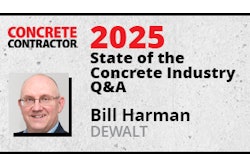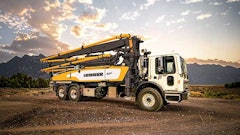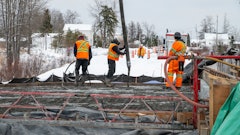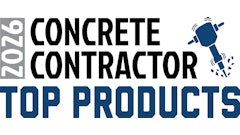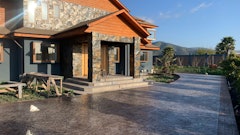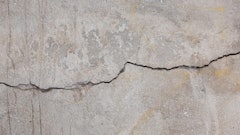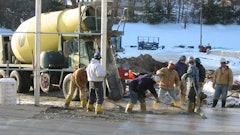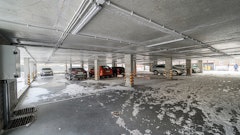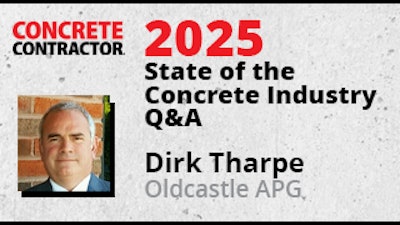
Dirk Tharpe, territory sales manager at Oldcastle APG — makers of Sakrete and Amerimix, shares his insight into the state of the concrete industry and the challenges contractors are managing daily. Concrete Contractor connected with Tharpe over email in June 2025.
Q. What have been the biggest challenges for concrete contractors so far in 2025?
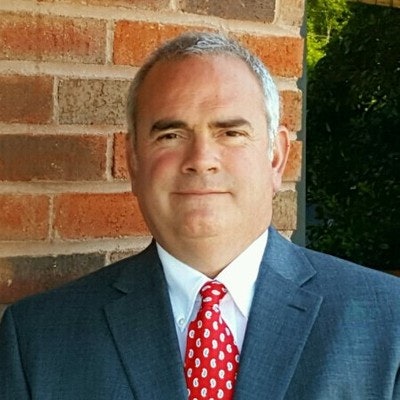 Dirk TharpeOldcastle APG
Dirk TharpeOldcastle APG
While this isn’t a new problem, it’s been heightened by generational shifts. Fewer young people are entering the trades, often because they do not have exposure to the benefits and opportunities of hands-on, skilled work. As a result, contractors are struggling to find reliable talent to meet growing demand.
Q. Outside of the economy, what segments of concrete construction have seen growth in 2025?
GROWTH: Infrastructure projects in the public sector are leading concrete construction growth in 2025. DOT projects continue. This all equates to roads, bridges, marine, and highway work. Many of these projects create more demand for products from the precast industry. All this work is being spurred on by the BIL — Bipartisan Infrastructure Law.
AI, Smart Building Technologies, and the drive for sustainable construction are all contributing to an increase in the commercial segments of concrete construction.
Concrete repair and rehabilitation have seen an uptick in parts of the nation ravaged by natural disasters of late, from record-setting flood damage to forest fires, as they dig out and rebuild.
NARROWED: Residential construction has slowed. Delayed relief in interest rates to the rise in building material costs are prominent factors in the softening. One trend that is apparent is that there are far more track builders active; however, custom homes and those specialty contractors are on the decline, at least for now. One hopes that this is just a short-term phenomenon.
Commercial construction, outside of the public sector, is creeping along in 2025. The projects are “on the books”, but with building material cost increases, interest rate futures still an unknown, and with the Feds taking a “wait and see” approach, many projects have had cold water thrown on them.
Overall, most ready-mixed concrete suppliers are busy, but perhaps not as busy as they were in years past. This rings true in the dry-mix concrete and mortar categories.
Q. What technological areas do you see the potential for innovation?
The future of concrete construction can be summed up in these categories: Smart Concrete Technology, Sustainable Construction, and AI-driven advances. Anything is possible. For example, in sustainable construction, the industry as a whole has switched to Type IL Cement, which was a significant shift.
Q. What innovations would you like to see developed in concrete equipment and tools?
We would add concrete technology to the concrete equipment and tools question. Concrete equipment and tools have advanced and improved light years over these past few years.
However, concrete construction faces a disturbing challenge in that our summers are hotter and more extreme, and each summer gets hotter than the previous one. As an industry, we need to develop measures to mitigate the damage that can be caused during hot weather concreting.
Can cooling technologies be used on concrete forms, or can poly be infused with a similar material underneath freshly placed concrete slabs? Is there a way to lower the heat of hydration during these extremes without overly slowing set times? Superheat is in our future, and we need to start addressing that reality.
Q. How will artificial intelligence have the biggest potential to change things for concrete contractors for the better?
The future of AI in concrete construction is limitless. We are already seeing leaps in job safety brought on by AI, as well as project management. Speech translation in real time will be a huge help in concrete construction, allowing English-to-Spanish communication, for example.
With enough data, AI algorithms can identify the optimal mix proportions to meet specific project requirements, such as strength, durability, and sustainability. AI will be the key to the continued evolution of construction methodologies.
Q. What do you expect the biggest challenge(s) will be in 2026 for the concrete industry?
Without a doubt, the biggest challenge to the concrete industry in 2026 will be the continued labor shortage. This problem goes way beyond the diminishing pool of professional concrete finishers and applicators.
We must highlight the shortage of trained, ready-mixed concrete truck drivers. This is a highly skilled and essential worker. Not only do they have to be a state DOT-licensed heavy truck operator, but they also must convey a heavy load in transit from the plant to the job and do so safely while obeying all traffic laws. They must understand how to check the quality of the plastic concrete from batching to unloading at the jobsite. This means adjusting the mix throughout the process.
Once on the job, they must connect concrete chutes to the truck and unload the concrete, working in tandem with the concrete finishing crew. The job is not over once the truck is emptied; the driver must then clean and stow their chutes as well as rinse out the drum before returning. A good ready-mixed concrete truck operator is worth their weight in gold!
Q: What has caught your interest lately in concrete?
As a leading dry-mix concrete producer, we must note a growing social media trend — the “dry pour” method. This practice involves pouring dry concrete mix into a form and adding water afterward. It is misleading and unsound from a structural and safety standpoint.



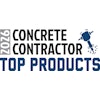
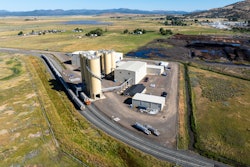
![Strux Macrofibers 58c9b97fd4aaf[1]](https://img.forconstructionpros.com/mindful/acbm/workspaces/default/uploads/2025/08/strux-macrofibers58c9b97fd4aaf1.cNEEIfY9kp.png?auto=format%2Ccompress&fit=crop&h=167&q=70&w=250)
